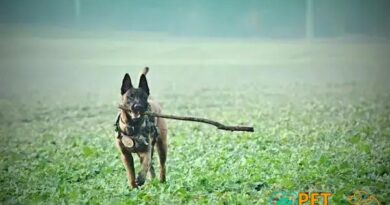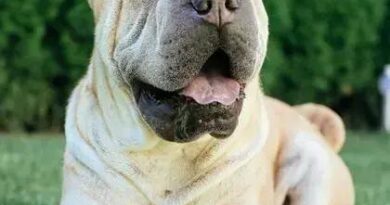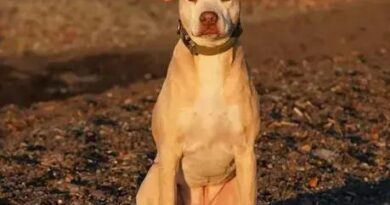What is Your dog’s coat
What is Your Dog’s Coat?
Your dog’s coat refers to the outer layer of fur that covers their body, serving multiple purposes such as protection, insulation, and even communication. The coat’s texture, length, and color can vary significantly between breeds, making it a fascinating topic for dog owners and enthusiasts alike. Understanding your dog’s coat is essential for proper grooming, health maintenance, and overall well-being.
The Importance of Your Dog’s Coat
The coat plays a crucial role in regulating your dog’s body temperature. In colder climates, a thick, double coat provides insulation, while in warmer regions, a shorter, lighter coat helps keep them cool. Additionally, the coat acts as a barrier against environmental elements, protecting your dog from sunburn, insect bites, and abrasions. Regular grooming helps maintain the coat’s health and functionality.
Types of Dog Coats
Dog coats can be categorized into several types, including short, long, curly, and wiry. Short coats are typically low-maintenance and shed less, while long coats require regular brushing to prevent matting. Curly coats, like those of Poodles, are known for their unique texture and hypoallergenic properties, while wiry coats, found in breeds like the Airedale Terrier, offer a rugged appearance and protection against harsh weather.
Coat Colors and Patterns
The color and pattern of your dog’s coat can vary widely, influenced by genetics and breed standards. Common colors include black, brown, white, and cream, while patterns such as brindle, merle, and spotted add uniqueness to each dog. Understanding these variations can help you appreciate the beauty of your dog’s coat and its breed heritage.
Grooming Your Dog’s Coat
Regular grooming is essential for maintaining the health of your dog’s coat. Brushing removes loose hair, dirt, and debris, while also distributing natural oils that keep the coat shiny and healthy. Depending on the type of coat, grooming frequency may vary; for instance, long-haired breeds may require daily brushing, while short-haired breeds may only need it weekly.
Health Indicators in Your Dog’s Coat
A dog’s coat can be a reflection of their overall health. A shiny, well-groomed coat typically indicates good nutrition and health, while a dull, brittle coat may signal underlying health issues such as allergies, parasites, or nutritional deficiencies. Regularly inspecting your dog’s coat can help you catch potential health problems early.
Seasonal Changes in Your Dog’s Coat
Many dogs experience seasonal shedding, particularly during spring and fall. This natural process allows dogs to adapt to changing temperatures. During these times, you may notice an increase in loose fur around your home. Regular grooming during shedding seasons can help manage the amount of fur and keep your home cleaner.
Coat Care Products
There are various products available to help care for your dog’s coat, including shampoos, conditioners, and detanglers. Choosing the right products based on your dog’s coat type is essential for maintaining its health and appearance. Always opt for high-quality, pet-safe products to avoid skin irritations or allergic reactions.
Professional Grooming Services
For some dog owners, professional grooming services can be a valuable resource. Groomers are trained to handle various coat types and can provide services such as bathing, trimming, and de-shedding. Regular visits to a groomer can help keep your dog’s coat in top condition, especially for breeds that require specialized care.
Understanding Your Dog’s Coat and Behavior
Your dog’s coat can also provide insights into their behavior and emotional state. For instance, a dog that is anxious may exhibit excessive shedding or a change in coat texture. By paying attention to these changes, you can better understand your dog’s needs and provide appropriate care and comfort.




